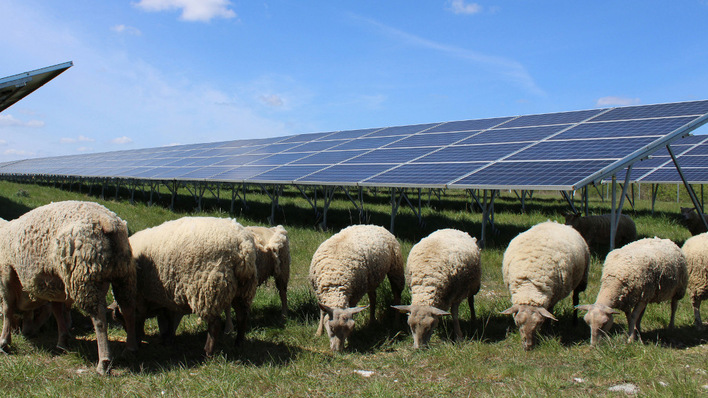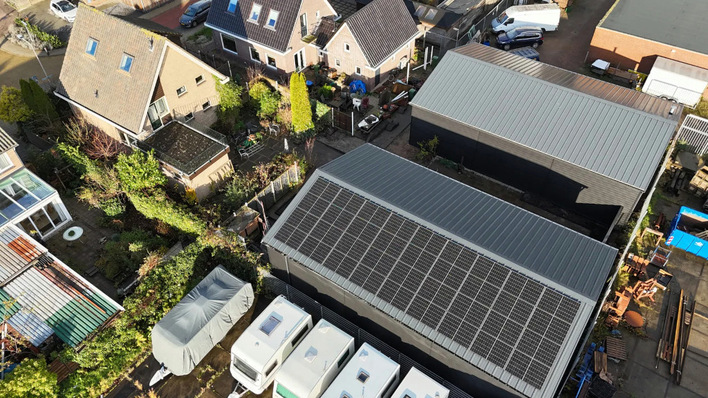Especially in densely populated countries such as Germany, land for solar parks is scarce - all the more so on arable land. This is where the dual use of agri-PV comes into play, allowing farmers to install solar modules above or between their crops. In this way, they benefit financially from the sale of solar power and at the same time control the solar radiation on the plants to improve yields.
There are already some interesting projects that clearly demonstrate the potential of agri-PV. In Mecklenburg-Western Pomerania, for example, a 79-megawatt project is under construction that combines the generation of green electricity with agriculture. In future, free-range chickens are to be housed under and between the solar modules.
Pollution is commonplace
When installing an agri-PV system, the first step is to decide how high the solar modules should be mounted. This depends on the specific application. For most types of systems, bifacial solar modules are particularly advantageous as they produce solar power with both sides of the panel, increasing the energy yield.
See also: The solar energy transition in the field has already begun
However, as solar systems are located outdoors, there is always the possibility of soiling or shading, which reduces the electricity yield. In many types of agri-PV systems with traditional string inverters, such problems on a single module will reduce the energy yield of all other modules in the system. In some cases, this can go unnoticed for months or even years.
Getting the maximum energy out
To mitigate these power losses, so-called power optimisers are used. These are small devices that are installed behind each individual module and optimise power generation at module level. If the photovoltaic system is working properly, they harvest the maximum energy from the sun from each individual module. However, if the efficiency of a particular module decreases, this problem is isolated and does not affect the rest of the system.
Reduce operating and maintenance costs
This can be even more critical with agri-PV when you consider that double-sided bifacial solar modules move with the path of the sun using solar trackers, making it more likely that there will be variations in energy production between individual modules. As each module is equipped with a power optimiser, the problem is quickly identified and rectified, reducing overall operating and maintenance costs.
Optimisers in hilly terrain

Solaredge
Power optimisers are also advisable if the terrain is uneven and hilly. They offer greater design flexibility to ensure optimum energy production. All these points should not be underestimated. Because they add up. Performance optimisers therefore improve the profitability of the agrivoltaic system for farmers and ensure a faster return on investment.
Minimise risk
Another important aspect when installing photovoltaic systems in agriculture is safety, especially when farmers, livestock and heavy machinery are in the immediate vicinity of the systems. The inverter - the brain of the solar system that controls the power generation of the solar modules - must have state-of-the-art safety features to minimise the risk in the unlikely event of a fire or emergency.
Also interesting: TU Munich develops construction kit for electric tractors
Of course, solar systems are highly reliable and do not pose a risk to people or property per se. However, risks can be further minimised through careful product selection and economical system design. For example, rapid shutdown functions that reduce the voltage in photovoltaic systems to a safe-to-touch level as soon as the inverter is switched off should be non-negotiable.
Major influence on economic efficiency
When putting together the business model for agri-PV, taking all of these factors into account when choosing photovoltaic technology can have a major impact on the economics of the system. By maximising energy production and combining it with higher crop yields, farmers are truly reaping a double harvest.
Read our latest DLG Special to find out which agri-PV solutions are currently available and what other advantages photovoltaics has in agriculture. You can download it free of charge here.








